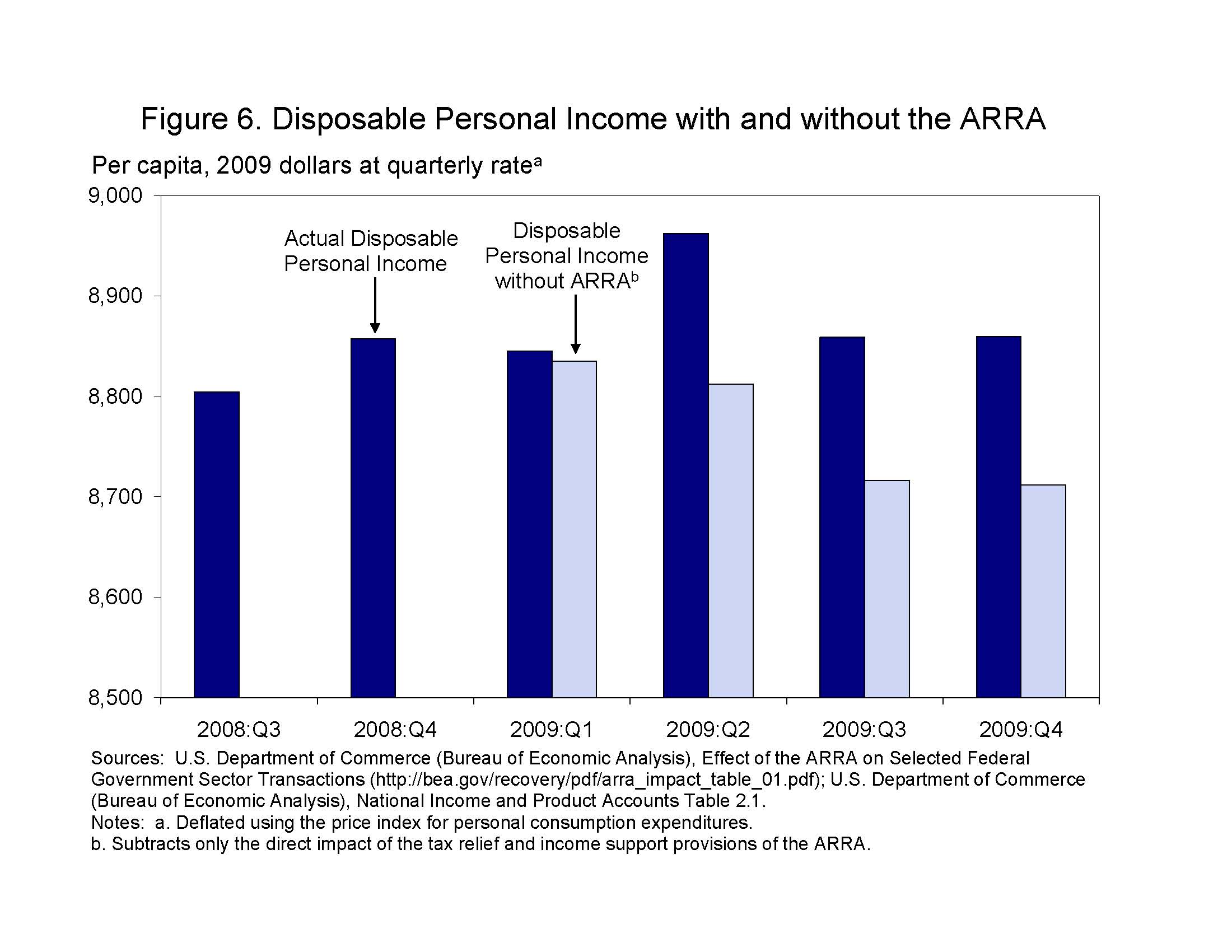
As part of the unprecedented accountability and transparency provisions included in the American Recovery and Reinvestment Act of 2009 (ARRA), the Council of Economic Advisers (CEA) was charged with providing to Congress quarterly reports on the effects of the Recovery Act on overall economic activity, and on employment in particular. Today we released our third report (pdf), with an assessment of the effects of the Act through the first quarter of 2010.
The main macroeconomic findings include:
- The magnitude of the fiscal stimulus increased substantially in the first quarter of 2010 (from $83 billion in 2009:Q4 to $112 billion in 2010:Q1) largely because of a surge in tax refunds and lower final tax liabilities due to the Making Work Pay tax credit.
- Government investment outlays in areas such as infrastructure and clean energy, which increased $16 billion in 2010:Q1, are expected to rise further throughout 2010.
- The CEA estimates that as of the first quarter of 2010, the ARRA has raised employment relative to what it otherwise would have been by between 2.2 and 2.8 million. These estimates are broadly similar to those of other analysts. Our estimates incorporate the most recent information about actual Recovery Act spending and tax reductions, as well as current trends in employment and production.
A special section of the report focuses specifically on the impact of the tax relief and income support provisions of the Recovery Act:
- To date, there has been more than $200 billion of tax relief and income support provided to households by the ARRA. These funds have had a disproportionately large impact on the incomes of middle- and lower-income families.
- CEA estimates that without these provisions, household real disposable income would have fallen substantially in 2009. Figure 6 from the report (reproduced below) shows actual after-tax family income alongside income without the tax relief and income support provisions of the Recovery Act. Without the tax cuts and income support provisions of the ARRA, consumer spending would not have rebounded as it did and, indeed, would likely have continued to fall.
- As of 2010:Q1, the tax relief and income support provisions of the Recovery Act have saved or created between 1.1 and 1.4 million jobs, or roughly one-half of the total number of jobs saved or created by the Act.
Identifying the impact of policy actions is inherently difficult, and the estimates must be understood to be subject to large margins of error. For this reason the CEA has approached its task from a wide range of perspectives, all of which point to a key role for the ARRA in helping the economy recover from the worst recession since the Great Depression. The CEA will continue to monitor the effects of this important policy initiative over the coming months and years.
Christina Romer is the Chair of the Council of Economic Advisers



